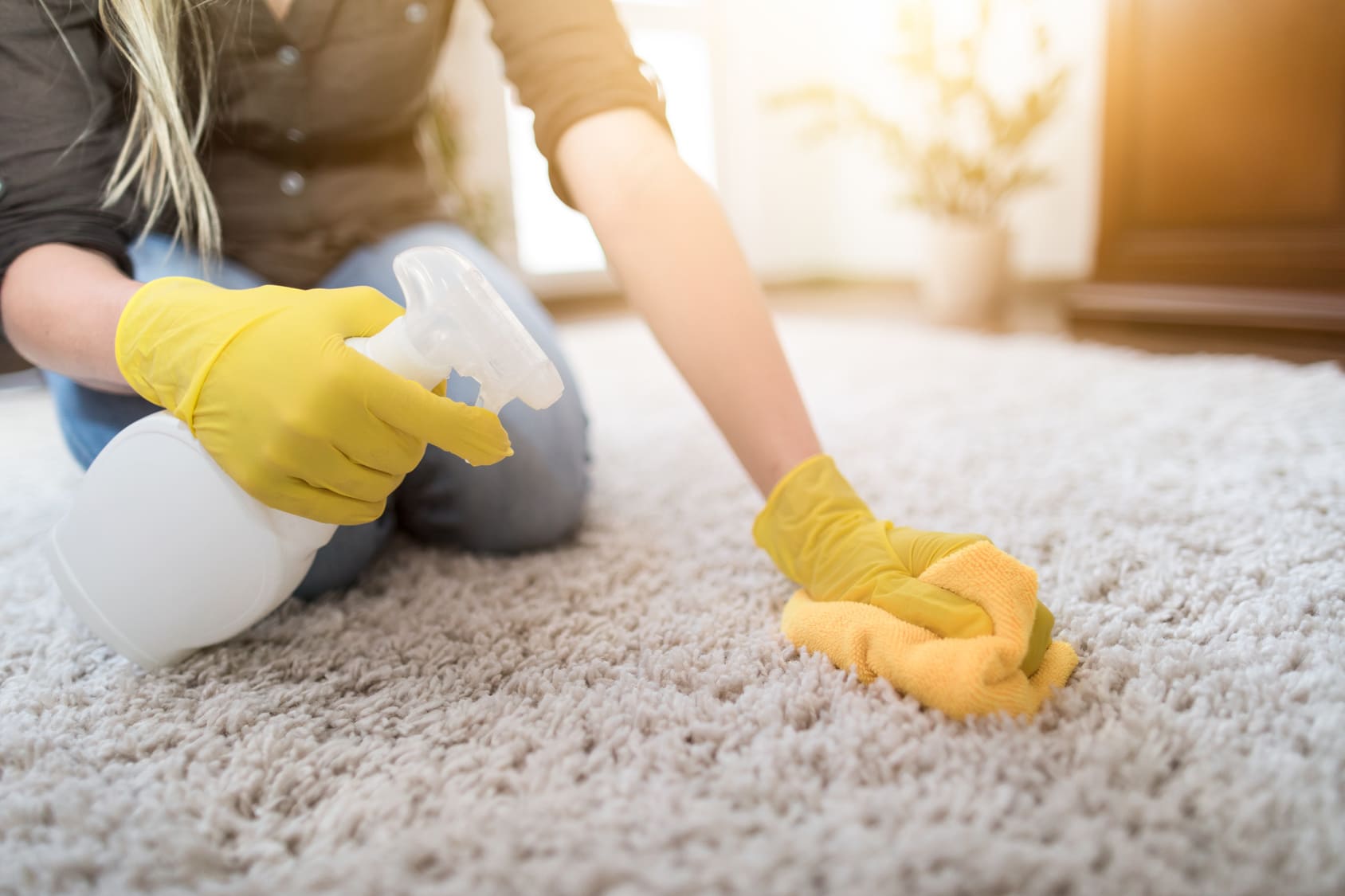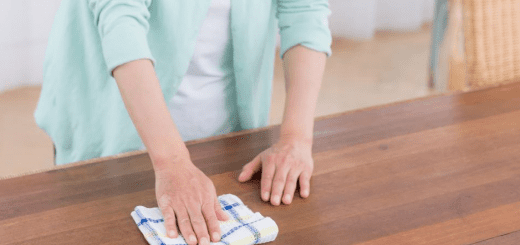Deep Cleaning Checklist for Beginners
All of us have plenty of cleaning chores that we don’t like, and even constantly avoid. However, at some point or another, you have to deal with this; otherwise, your home is bound to get pretty nasty. If your microwave looks like a finger-painting exercise from the inside, or when your oven starts exhibiting smoke signals, it’s time to do a deep clean of your kitchen, and your home as well. But as with any other huge project, the question is – where to begin? Don’t worry, we’ve got a good deep cleaning checklist for you right here so that you can perform this systematically and successfully.

What Do I Need?
As you might have imagined, there are a few things that you’ll need first in terms of equipment. These might differ depending on the specific circumstances of your household, but here are the common cleaning supplies you’d do well to obtain before you start cleaning:
- A couple of disposable towels, scrub pads, and rags that you won’t feel sorry about throwing out afterward
- A couple of buckets, one for clean freshwater and another for the greasy and dirty water
- Some disinfectant, dish soap, and degreaser of your choosing
- Rubber gloves
- A scrub pad, preferably an abrasive one
- A mixture of water and vinegar in a spray bottle
- An old toothbrush or a scrub brush
Where To Start
Sure, all of us basically know how to clean; but many people don’t realize just how much attention to detail is required for deep cleaning. And that’s important because if you don’t do this right, you risk having to clean again very soon. Plus, if you’re not thorough, you may have to deal with the nasty stuff – pests and mold, later on.
So, where do you begin? Crucially enough, we recommend cleaning from the top to the bottom; that way, any dirt or dust will fall down to the floor, and you’ll clean all of that up in the end. So, vacuum and dust your upper cabinets, light fixtures, windows, and ledges that aren’t immediately easy to reach. All in all, we recommend starting with the areas that aren’t usually a part of your regular cleaning routine. Yes, you may need to get your stepladder out of the garage; just take care not to fall!
The Devil in The Details
While the top-down rule we’ve described above will serve you well, there are other things you should take care of as well; things that you might otherwise forget. For example, you should clean all of your showerheads and faucets using a vinegar solution because there’s bound to be some lime on it.
Then, take the covers off your HVAC vents and clean them; you can simply wash them with some warm water in the sink, and use some soap as well. Also, make sure you’ve got no bugs or cobwebs on your window screens. While you’re at it, clean your window tracks and windowsills with a vacuum. After that, turn off your ceiling fans and carefully wipe them down.
Now that you’re finished with that, you can take a look at your carpet. There are bound to be some stains on it and on the upholstery, so take care of that. Furthermore, take a closer look at your doorframes and doors; there could be smudges and fingerprints that need to be taken care of.
If you’ve got any garbage cans, now’s your chance to clean them out, and possibly sanitize them if you’ve got enough disinfectant at your disposal. Also, there could be a dust buildup on your blinds; give them a cleaning by scrubbing them after spraying some vinegar.
Once you’ve taken care of that, take all of the cushions off of your chairs and couches. Then, vacuum any dirt or residual dust out of the creases; there could be anything from pennies and popcorn to pet hair down there. Also, you should move the furniture and dust the area behind and beneath it.
Cleaning Your Kitchen
Okay, right about now you’ll realize that the self-cleaning oven you’ve bought is probably not going to clean itself. So, you need to clean all of the racks that are inside before you can use it again.
Apart from that, you should also give your stovetop a good, thorough clean. Take the pot grates, put them aside, and soak them in some warm water mixed with soap. Of course, if you’re using an electric oven instead of a gas one, we recommend unplugging it before you start cleaning. Take a look at all the surfaces on it and determine if they need some scrubbing; including the control knobs which can get particularly messy. The same goes for the hood fan filter and the fan itself.
We probably don’t even have to mention that your sink will require some cleaning too; especially after you’ve cleaned everything else. So, wipe it using soap and warm water; make sure you don’t miss any of the crevices, especially around your faucet. If there are any particularly stubborn stains, some disinfectant will do you well.
Lastly, you should pay attention to your dishwasher, and remove any filth there as well. You can do this with your own concoction of vinegar and baking soda; this will get rid of any soap residue that can easily build up if you’re not careful.
Conclusion
 As you might have realized by now, doing a deep clean isn’t something you’ll be able to do in an hour. So, if you’re truly serious about giving your house a top-to-bottom treatment, you should dedicate enough time to the task to do it right. Otherwise, you’ll just have a half-done job, allowing your home to become filthy again in a matter of weeks. Instead, set aside an entire day, pay attention to every nook and cranny, and you’ll be satisfied with the results!
As you might have realized by now, doing a deep clean isn’t something you’ll be able to do in an hour. So, if you’re truly serious about giving your house a top-to-bottom treatment, you should dedicate enough time to the task to do it right. Otherwise, you’ll just have a half-done job, allowing your home to become filthy again in a matter of weeks. Instead, set aside an entire day, pay attention to every nook and cranny, and you’ll be satisfied with the results!
If you are facing severe situations such as flooding or fire & water damage, consider working with a professional disaster restoration and cleaning company like RestorationMaster. RestorationMaster partners offer professional fire and water damage restoration services in South Bend, Hammond, Mishawaka and surrounding areas in Indiana.












